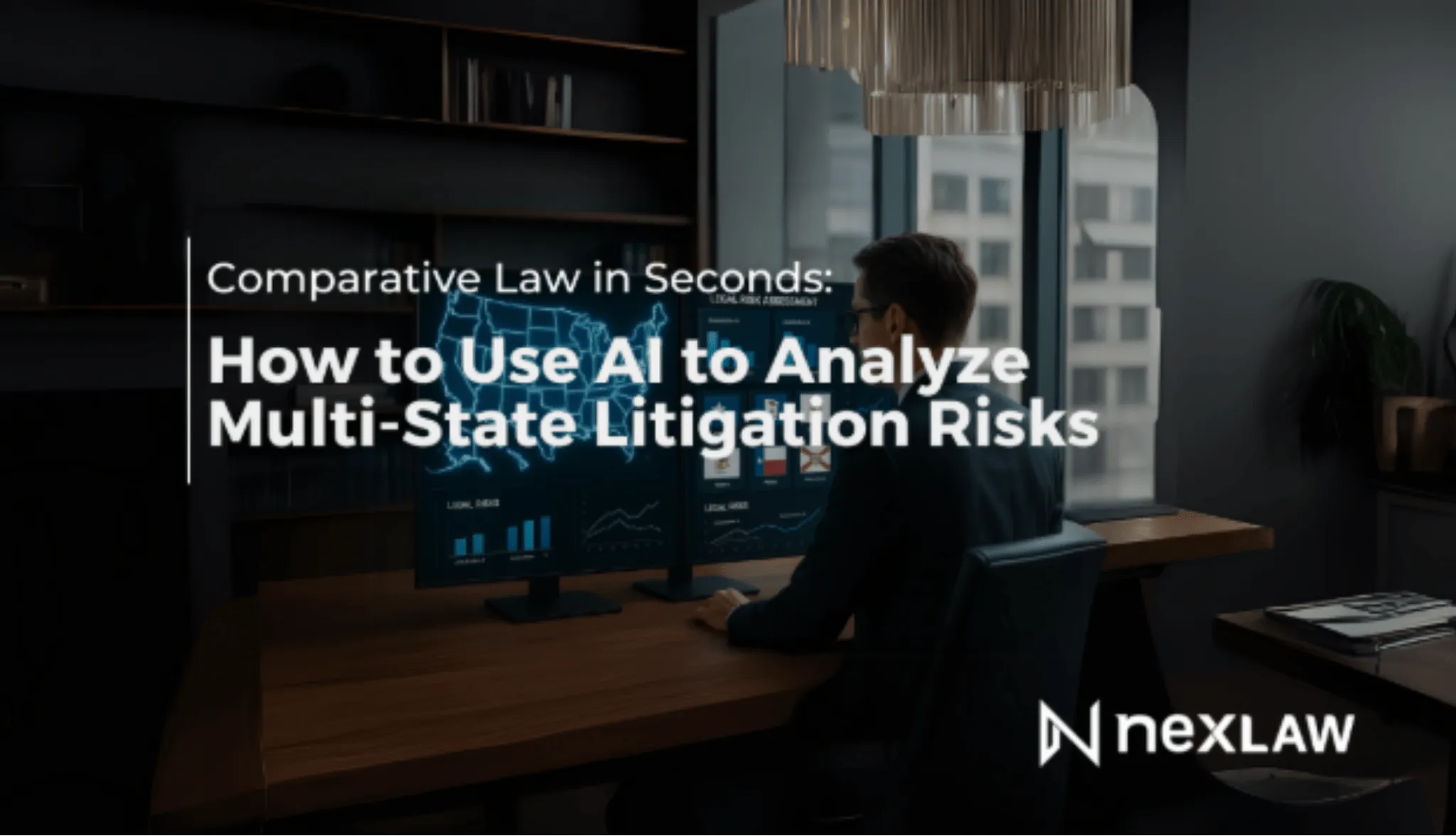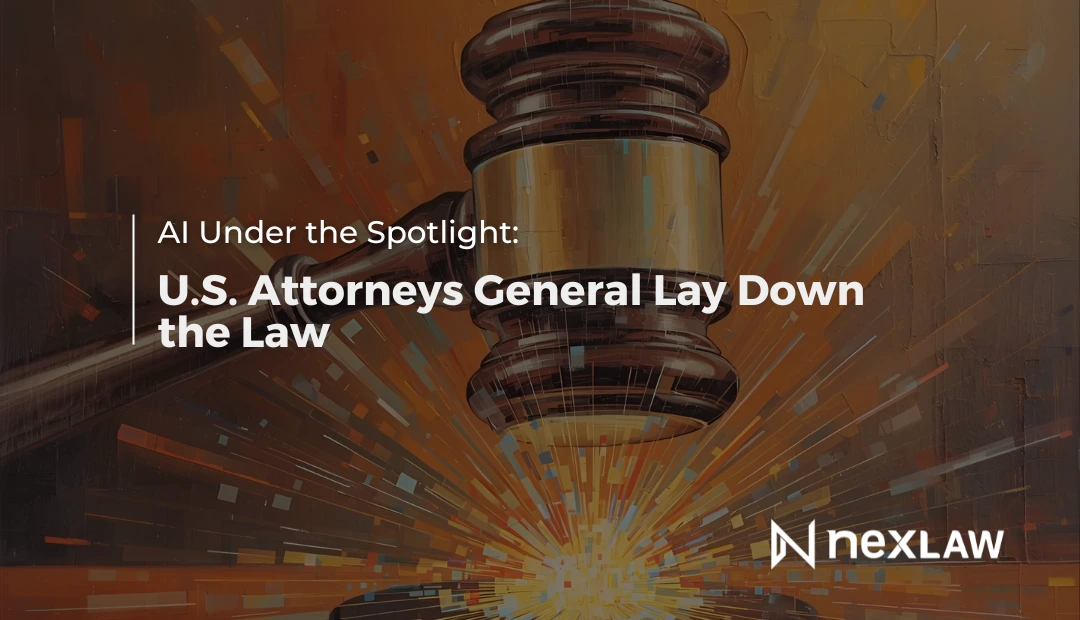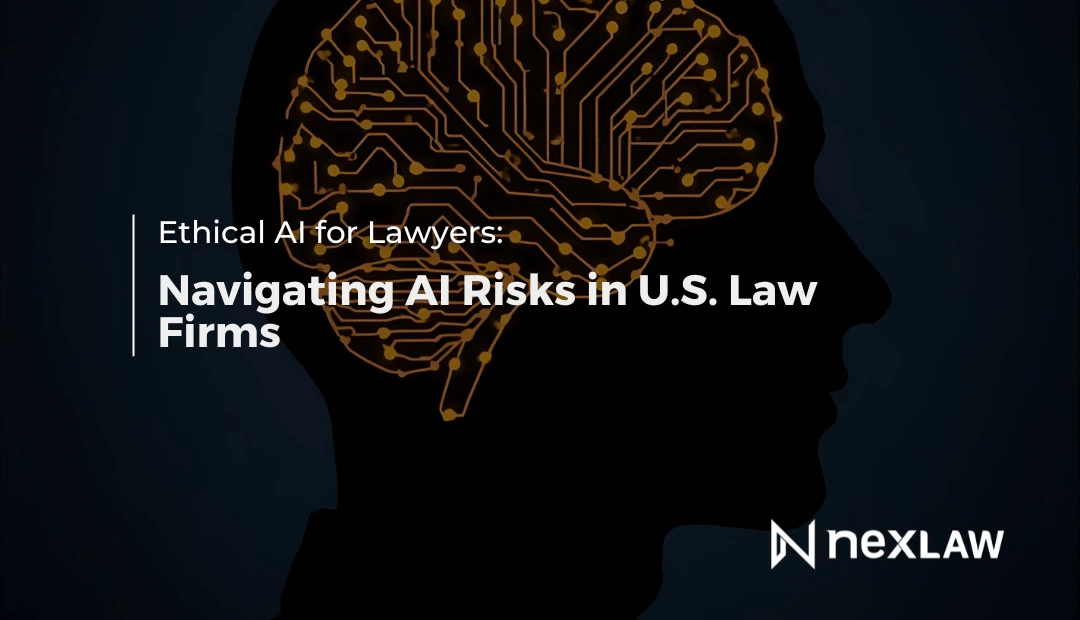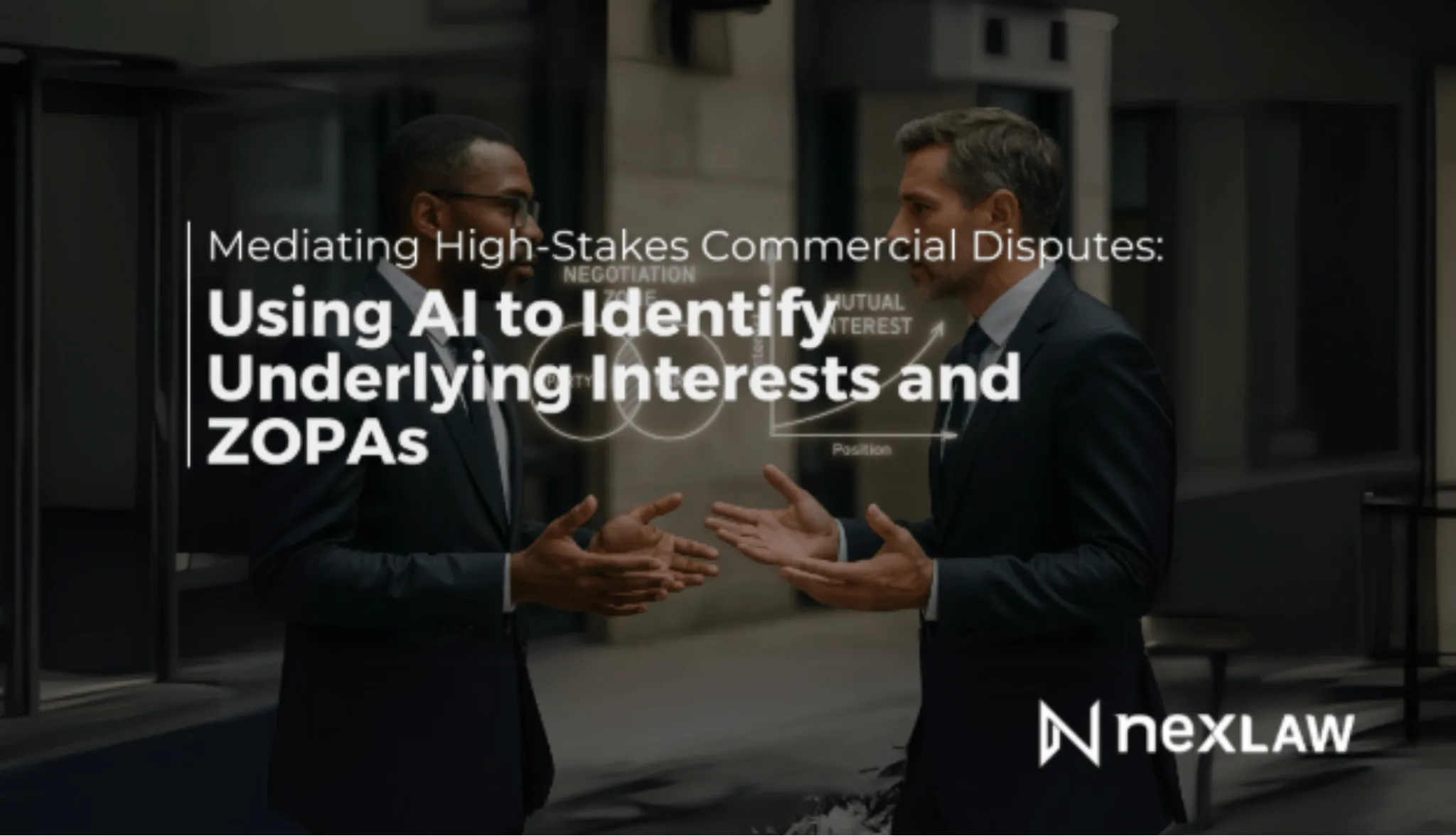Comparative Law in Seconds: How to Use AI to Analyze Multi-State Litigation Risks
In the modern U.S. economy, business is borderless. A product designed in California can be sold online to a customer in Florida and manufactured with parts from Texas. This economic reality has created a new legal landscape defined by Multi-State Litigation. For lawyers, this presents a formidable challenge: a single dispute can trigger a complex Comparative Law analysis, requiring a deep understanding of the subtle but critical differences in statutes, precedents and procedural rules across multiple jurisdictions. The traditional approach: manual research across disparate state databases is a significant drain on time and resources, particularly for solo practitioners and small firms. This is where a sophisticated AI Litigation Platform is revolutionizing legal research, empowering lawyers to analyze multi-state risks with unprecedented speed and precision.
Unlock Legal Insights Instantly
The Problem: The High-Stakes Maze of Multi-State Practice
When a case has connections to multiple states, a lawyer is immediately faced with a series of critical, case-defining questions:
- Choice of Law: Which state’s substantive law will apply to the dispute, and which is most favorable to my client?
- Statute of Limitations: Did the claim expire in one state but not another?
- Differing Legal Standards: How does each state define key legal concepts like “negligence” or “breach of fiduciary duty”?
- Varying Damages Caps: Are there statutory caps on damages in one jurisdiction that don’t exist in another?
Answering these questions manually is a monumental task. A 2025 study on law firm efficiency found that multi-jurisdictional research takes, on average, three times longer than research for a single-state issue. This not only inflates costs for the client but also introduces a significant risk of error. A missed precedent or a misinterpreted statute from one state can lead to a flawed case strategy and a disastrous outcome.
The AI Advantage: From Manual Comparison to Instantaneous Analysis
A professional-grade AI Legal Assistants transforms this process. It uses its ability to understand legal concepts and access a vast, verified database of state and federal law to perform a comparative analysis in seconds. An AI platform like NexLaw AI can:
Generate Side-by-Side Comparisons:

The AI can take a specific legal issue and provide a side-by-side comparison of how it is treated in two or more states, highlighting the key differences.
Analyze Conflicting Precedents:

It can identify cases where courts in different states have reached different conclusions on similar fact patterns.
Provide Instant Statutory References:

The AI can instantly pull the relevant statutes from each jurisdiction, saving hours of searching.
Identify Strategic Opportunities:

By revealing the subtle differences in legal standards, the AI can help you identify the most advantageous jurisdiction for your client.
A Step-by-Step Workflow for Multi-State Analysis with NexLaw AI
Let’s use a common scenario: a lawyer is advising a software company that is facing a potential class-action lawsuit from users in California and Texas regarding a data breach.
Step 1: Frame the Comparative Question with NeXa

- Instead of opening multiple research tabs, the lawyer asks NexLaw’s Compare Jurisdiction feature, a direct, comparative question:
- “Compare the legal requirements for a data breach notification under the California Consumer Privacy Act (CCPA) and the Texas Identity Theft Enforcement and Protection Act. Highlight differences in the definition of a breach, the required timeline for notification and the available statutory damages.”
Step 2: Review the AI-Generated Comparative Report

- Within seconds, NeXa generates a structured report that includes:
- A table comparing the key provisions of the CCPA and the Texas law.
- A summary of recent case law from both states interpreting these statutes.
- A clear “Key Differences” section, flagging that California’s definition of personal information is broader and its potential statutory damages are significantly higher.
Step 3: Deepen the Analysis of a Specific Jurisdiction

- Based on the initial report, the lawyer sees that the risk is much higher in California.
- She can then ask NeXa a follow-up question: “Find cases in California where a company was found to have an ‘unreasonable’ delay in data breach notification.”
- The AI provides a list of the most relevant cases, allowing the lawyer to understand how courts in that specific state have applied the law.
Step 4: Translate Insights into Strategic Advice

- Armed with this rapid, comprehensive analysis, the lawyer can now provide her client with clear, data-driven advice:
- Risk Assessment: “Our potential liability is significantly higher for the California-based plaintiffs due to the CCPA’s broader scope and higher statutory damages.”
- Settlement Strategy: “Given the legal landscape, we should prioritize an early settlement with the potential California class, as the litigation risk there is much greater.”
- Compliance Strategy: “Moving forward, our company’s national data breach response plan must be updated to comply with the strictest standard, which is California’s.”
Case Study: A Nationwide Non-Compete Agreement
A company wants to enforce a non-compete agreement against a former executive who is moving to a competitor. The agreement was signed in New York, but the executive is moving to California. The company’s lawyer uses NexLaw AI to compare the enforceability of non-compete agreements in New York and California. The AI instantly reports that while New York courts will enforce “reasonable” non-competes, California Business and Professions Code § 16600 makes them almost entirely void as a matter of public policy. This critical piece of comparative analysis, which took the AI seconds to produce, completely changes the legal strategy. Instead of filing a lawsuit doomed to fail in California, the lawyer advises the client to focus on the trade secret provisions of the agreement, which are enforceable in both states.
A New Era of National Practice
For U.S. lawyers, the ability to quickly and accurately understand the law in multiple jurisdictions is no longer a niche skill for “big law” attorneys; it’s a core competency for modern practice. A Litigation AI assistant that can perform sophisticated comparative law analysis levels the playing field, empowering solo and small-firm practitioners to handle complex, multi-state cases with confidence and a powerful strategic edge.
Stop letting state lines be a barrier to your practice. It’s time to embrace the power of AI-driven comparative analysis.
Ready to build a smarter multi-state litigation strategy?
Book a Personalized Demo to see NexLaw AI’s multi-jurisdictional capabilities in action.
Explore Our Plans and discover how you can become a more effective national practitioner.






